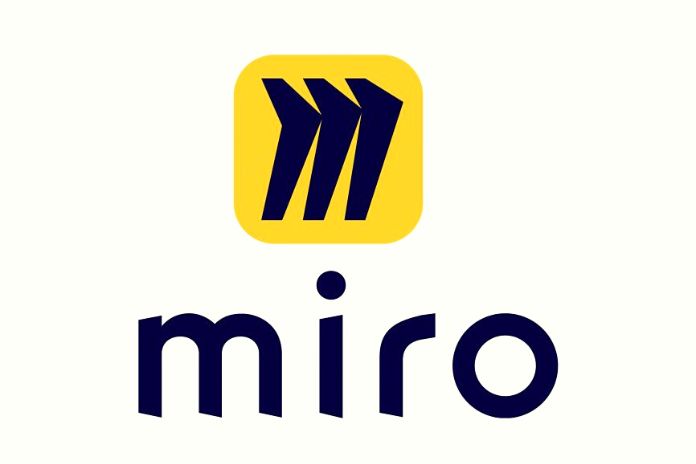Miro is the ideal tool to support all project management activities, from the conception of projects to their monitoring: here’s how to use the platform. Project management involves a long series of activities and the collaboration of several figures under the wise guidance of a project manager. Conceiving, planning, implementing, and monitoring projects requires excellent skills, knowledge of different disciplines, leadership, organization, and coordination skills. Keeping everything under control is not easy, and often there is a need to rely on technological and digital tools that can simplify processes.
Among the software and tools most appreciated by project managers is Miro, a visual collaboration platform that can represent excellent support for all work teams. With its numerous functions, it responds to disparate needs. It lends itself to supporting the management of simple projects initiated by small businesses and more complex ones, which involve the interests of numerous stakeholders and require the intervention of several subjects.
Miro can be used for free, with a free plan that allows the development of 3 boards, templates, and essential functions. For those who need more sophisticated tools, programs have been provided that can be accessed by signing up for a subscription starting at $ 8 per month. Companies that make constant use of the platform and that need greater security, support, and access to the most advanced features can request customized solutions by interacting with figures who will be able to give answers and develop customized offers.
Miro: How Can Be Of Support To The Project Manager
Miro is a straightforward software to use. It has an intuitive interface, allowing even those less familiar with digital tools to interact with colleagues and participate in work projects. You work on a blackboard board where you can add post-its, screens, diagrams, texts, and many other elements. Several people can work on it simultaneously and leave notes and indications. Despite the simplicity of use, Miro’s tools can support projects in all their phases. It allows creative teams to create fruitful brainstorming online, allowing them to add all their ideas in a virtual space shared with colleagues and superiors.
Everyone can share their insights on the board. You can start online voting to understand which ones are the best and which find the consensus of most of the team. These are not allowed with the free plan. Once the project has been conceived and an execution strategy developed, the work to be carried out can be planned until the desired results are obtained. Sessions can be held remotely to involve people and motivate them. All activities can be organized in one place. With the tools made available to the platform, it is possible to indicate the necessary resources, trace dependency lines, manage workloads, make changes and updates, and transmit them in real time to the entire team.
With Miro, you can create presentations to show to the work team during workshops or meetings. In the more structured plans, the platform provides tools that allow you to make video chat and screen sharing. Meetings organized online with Miro are fast and engaging. Each guest can intervene to present doubts, ask for clarifications or provide food for thought. Elements can be added to the board to stimulate team interaction. By creating flowcharts, workflow is facilitated, and simple and intuitive monitoring of planned activities can be made. With all its features, Miro is the ideal solution for all those organizations and companies that want to adopt an agile methodology in developing new projects. They can be done remotely, planning, retrospectives, and integrating with tools such as Asana, Jira, Rally, or Azure.
Miro: How The Blackboard Works
Miro’s whiteboard is extremely simple to use. It represents a worksheet within which you can move freely, add any element you deem appropriate, make corrections and changes and insert comments to interact with colleagues. On the whiteboard, you can add preset templates to structure preset work plans, such as agent, kanban frameworks, mind maps, and many others. You can insert texts, change the font, put italics, bolds, and underlines, and change their color and size. Post-its customizable in color and size can be applied on the work surface. Post-its can be moved at any time, either individually or as a group.
Inside, you can add more or less long texts, emojis, signatures, tags, and comments. They can be locked not to allow anyone else to make changes. To build custom diagrams or highlight important concepts, you can insert geometric figures, such as squares, circles, and rhombuses. They can be filled with text. You can change the thickness and color of the borders and insert links. Other tools include pens, which allow freehand drawing on the blackboard, highlighters to underline the most important phrases and words, an eraser to erase any errors, and the lasso to select a part of the work. To create links between several elements, you can use the arrows, present in different types.
Also Read: How Personalized Logistics Can Make A Difference For Companies

